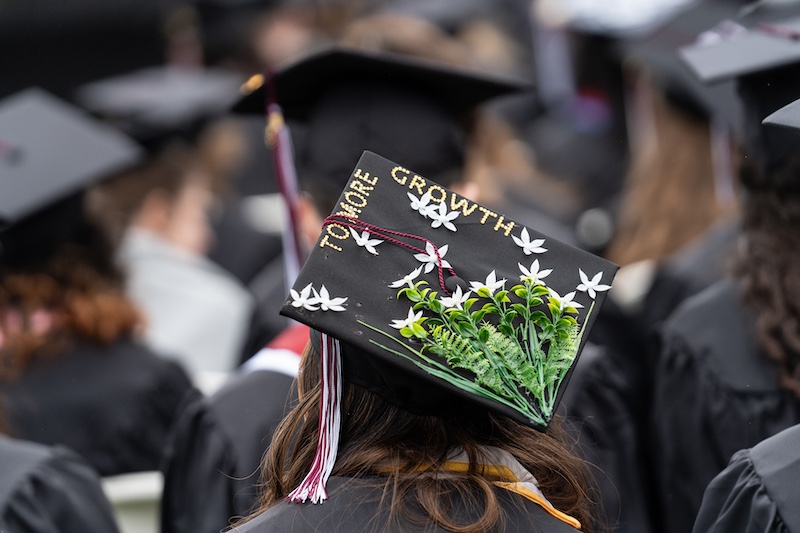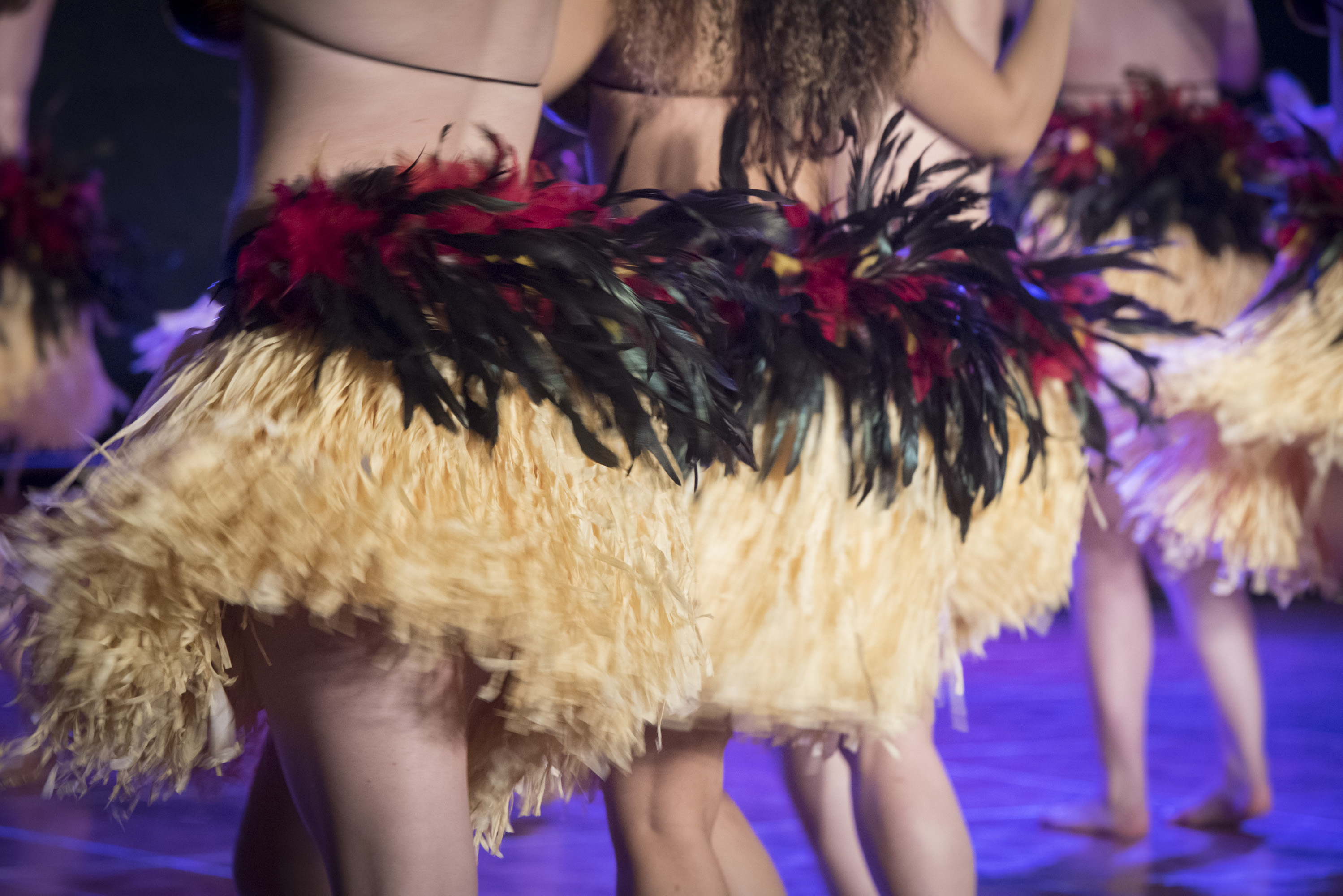I teach to correct history. And that is more important now than ever before.
By LaToya T. Brackett
A seventh grader from Wisconsin emailed me this summer. She had seen an op-ed I wrote in June for the Tacoma News Tribune, in which I placed some of the disturbing racial events of 2020 in historical context. I described a lynching of three Black circus workers that took place in 1920, and said, “A hundred years later, we are seeing American lynching adjusted to our times. A knee on a Black man’s neck is a noose.” We must understand our history in order to not repeat it, but we also must call out our histories as they reappear—and this young seventh grader wanted to know more. While interviewing me for her history project, she asked me, “Why do you think white people didn’t try to stop lynchings back then?” And, as we wrapped up our conversation, she said something else that has stayed with me: She said that her middle school saw no need to celebrate Black History Month, because there are no Black students in the school.
Why had she reached out to me? Because she knew that Black curriculum matters to me the way she wishes it mattered to us all.
I am a Black woman. I immersed myself in the interdisciplinary field of Black studies—the study of people of African descent—for both my undergraduate and graduate degrees. I now teach Black studies. I embrace the three tenets of Black studies: teaching, scholarship, and activism. And I believe that Black studies matters more today than it ever has.
The summer of 2020 has been one filled with communal tragedy and communal work. COVID-19 has altered the lives of us all. The fight for Black lives, likewise, has altered the lives of us all. It has made us more aware of the reality that America does not treat everyone the same, and that the histories of America are not so long gone; the foundations laid in the past are perpetuating the harms of today.
I teach to correct history; I teach to alter the outlook of youth. And in a time like this, what I teach is required. In a time like this, Black curriculum matters. Let me give you a reason why.
University of Puget Sound is a predominantly white institution, or PWI, and teaching about race at a PWI matters. Because on the first day of my African American studies introductory course, AFAM 101, I ask students to fill out a survey, and one of the questions I ask is how many of them had K-12 teachers who were Black. In my six semesters of teaching here, fewer than 40% ever had a Black teacher. And here they are, in front of me. I ask if they have had a Black professor in college before me. That number is a bit higher, but still, more than half have never had a Black professor. And here they are, in front of me. I am their very first experience with Blackness in authority, in teaching, and that’s a heavy lift. A really heavy lift.
I ask them to share with all of us in the poll if they are nervous, excited, or unsure about the class, and most of them fall into the category of nervous. Many state: “I don’t want to say the wrong thing.” They are worried, because never have they talked about race in a curricular way. Many of their parents live by a colorblind approach to race, in which they teach our students not to talk about race—because it’s not an issue. Even more disconcerting, they were taught that everyone is equal.
This 2020 summer we all were made highly aware that everyone is definitely not treated as equal, and that race is one of the most central variables to this understanding. We must teach all students that race does matter, and that racism is our American history. We may wish it were not, but it is still the reality.
In a time like this, Black curriculum matters. Let me give you another reason why.
It was at Cornell University, I believe in my junior year, that a visiting professor taught a course on the history of lynching in America. One of the texts was the book Without Sanctuary: Lynching Photography in America, a collection of postcards—found in the basements and donations of white American families—of the public lynchings of Black people. People used the images of hanging or burning Black men to write a note to their family members. One I always recall said, “This is the Barbecue we had last night.” Another had a piece of the Black man’s hair taped to it. This was in the height of lynching, in the early 1900s, and here we are in the early 2000s, and we no longer have white folks sending postcards—instead we have three white men in a pickup truck following and chasing down Ahmaud Arbery as he’s jogging. They went looking for a lynching. And with a cellphone to capture video, they created a new-age lynching postcard.
So what we are seeing in America today is not new. Let me repeat that. This is not new. And if we had Black curriculum, if we were teaching history correctly, folks wouldn’t be surprised to see history reconstituting itself, renewing itself, repeating itself.
Black curriculum matters because, without it, Black students are not taught the fullness of our history—and neither are white students. How can we say we teach our youth their history, when they do not know of the lynching postcards? How can we say we teach, if they do not know of Black Wall Street and the 1921 Tulsa white riots that destroyed the economic power of Black Americans? How can we say we teach, if they do not know of the so-called father of gynecology who used the bodies of enslaved Black women to experiment—without anesthesia—to learn of the female anatomy in order to care for white women’s bodies? How can we say we teach, if they do not know how white men rioted in 1910 after Black boxer Jack Johnson defeated the “great white hope” Jim Jeffries? How can we say we teach, if they do not know how white doctors experimented on more than 200 Black men in Alabama for more than 70 years to see how syphilis would progress differently in a Black body—and then refuse to cure the participants when penicillin was proved as the remedy? How can we say we teach, if they do not know that Trayvon Martin was not the first Black person to be murdered by a white vigilante, but rather was one of many, because we do not teach them about Emmett Till, Medgar Evers, and James Chaney? How can we say we teach them, if they hear the term “abolitionist,” and they picture a white person, but forget that each and every Black person who was enslaved and chose to say no, chose to run away, chose to fight was the quintessential abolitionist?
In a time like this, Black curriculum matters. Let me give you yet another reason why.
Because Black curriculum teaches agency, reflects stamina, and provides the tools and techniques for being a change agent. On June 7 of this year, three Black students from the Black Student Union at Puget Sound led a most powerful, peaceful, and pertinent protest in Tacoma with more than 1,000 marchers. It was not in the marching that Black curriculum showed up—it was in the planning, the preparation, and the presentation. I went to the march. I watched the student leaders speak from a pickup truck bed, in front of the stadium with the university’s name in large lettering, reminding us all of where we stood. The student leaders used the megaphone as their microphone, and delivered into our Logger history the reasons why they brought us all there that day.
As one of the three organizers—Serena Sevasin—spoke, my ears were filled with the reminder of why what I do matters, and how teaching is especially needed in the times we are in. Serena was only a sophomore, but from her first-year introductory course with me to the Public Scholarship course this past spring, she had grown. Her voice had blossomed into one to be heard. That was my student.
That was what Black curriculum, from a Black studies scholar and Black female professor, did. In that moment, I knew that my classrooms had changed the landscape and propelled those after us into leading those after them. I stared in awe, and I wondered, Was I, too, once the “that’s my student” for one of my Black studies professors? I believed that I was, and I beamed at the thought that I made my own professors exhale and rest their mind, the way that I did when I knew this student did not need my help in that moment. I beamed at the thought of our ancestors. As a dark-skinned Black woman from the South, born to a mother who raised her four kids on less than $20,000 a year (and yet worried that she failed us in her last weeks of life as I cared for her), I am not allowed to show pride. I am not allowed to think that somehow what I do is different than others. But give me one moment in this one summer of Black minds mattering for me to brag a bit—not on myself, but on my ancestors, who survived capture, the middle passage, the auction block, and potentially 246 years of enslavement, to ensure that I exist.
Seeing Serena, my student, propped up on the shoulders of our ancestors filled me with pride, and I said out loud to my colleague beside me, through my Afrocentric-themed face mask, “That’s my student. Black studies did that. We did that.”
We both stood still, unyielding, and radiating with the resilient energy of our ancestors. Millions of our ancestors.
LaToya Brackett is assistant professor in African American studies and a member of the Race & Pedagogy Institute leadership team.











